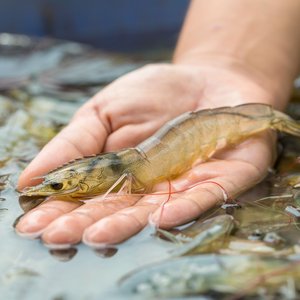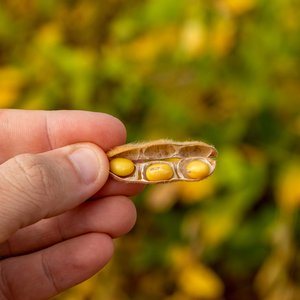Investment banks who advise some of China’s largest agricultural conglomerates have been telling SeafoodSource of intense interest in overseas producers of fishmeal. Big names like New Hope, Tongwei and the two giants of Guangdong province, Haid Co and Wen’s Co, are very interested in acquiring fishmeal assets overseas to feed growing demand in China. Struggling with over-capacity in their core business of animal feed, the firms are seeking out profitable new niche businesses.
In this they also have the tacit approval and support of Chinese policy makers. Global fishmeal supplies today are lower than a decade ago, and the El Niño weather phenomenon in Peru makes forecasting supplies difficult. As the world’s top importer of fishmeal, China doesn’t like this uncertainty – something pointed out in official government documents on the fisheries industry.
China needs more fishmeal to expand its shrimp industry and to increase production of high value fish. Byproducts from processing are decreasing, as processors seek to maximise use of fish waste.
China’s big feed companies already source far and wide. Sanhe Hopeful, one of the companies interested in fishmeal supplies notes its key suppliers of soybeans as Francesco Macri, the father of Argentina’s new president Mauricio Macri. Companies such as New Hope and Guangdong Haid have investments in grain and oilseeds plantations, and processing facilities in Bolivia, Zimbabwe and Cambodia.
Data published by the China Feed Network (CFN) suggests profit margins for aquafeed at 7 percent, which is considerably higher than the three percent average profit margins recorded by China’s huge agri vaccines industry. CFN also predicts that China’s animal feed consumption will rise an average of 4 percent per year to 2020, largely due to an expansion of pig rearing, for which fish meal is in great demand.
Soy is considered to be the most nutritive plant protein source to replace fishmeal, but China’s own resources are already insufficient to meet its growing animal feed need. China is therefore keen to purchase the suppliers of its soy in Latin America. The US soybean sector already promotes the use of soybean in China’s aquaculture, so the country is covering its bets by seeking to secure alternative sources of ingredients supply – hence the interest in fishmeal producers.
Source: Mark Godfrey, SeafoodSource.com. Read the full article here.










